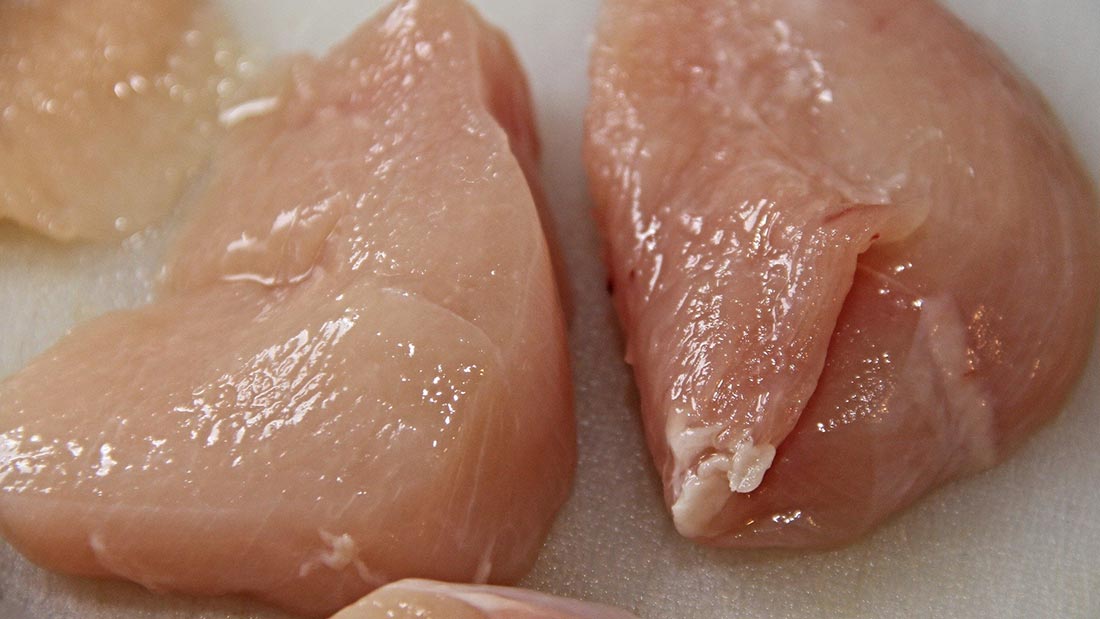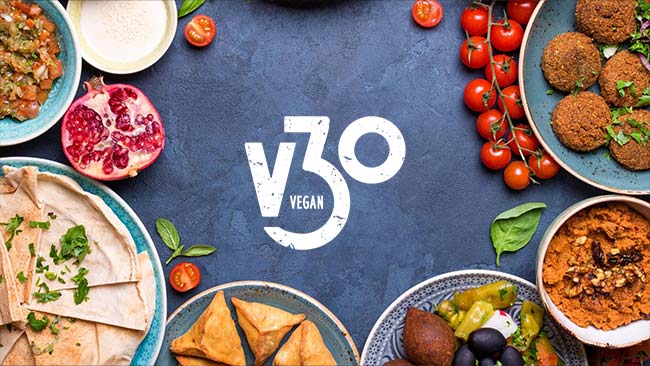Food Poisoning

Food poisoning is caused by eating contaminated food and usually results in vomiting and diarrhoea as your body attempts to get rid of the invaders – bacteria, viruses or toxins. Symptoms may also include fever, chills, stomach cramps, lack of energy and dizziness. In general, most people get better within a few days without treatment. Occasionally, it can lead to serious or long-term conditions or even death.
In most cases of food poisoning, the food is contaminated by bacteria such as Salmonella, Campylobacter, Listeria or Escherichia coli, or a virus such as the norovirus. Meat can become unsafe when the animal it came from was infected, the contents of the animal’s guts contaminated the meat, it wasn’t not cooked thoroughly, not stored correctly before or after cooking, handled by someone who is ill or has dirty hands or when it comes into contact with other food that’s contaminated.
Most cases of food poisoning are caused by animal products (meat, poultry, eggs, fish and dairy) as plants tend not to carry the types of bacteria causing food poisoning in humans. If plant foods do cause food poisoning it is generally because they have been contaminated with animal faeces, human sewerage or handled with dirty hands during preparation.
According to a large study of food contamination in the UK, Canada, Denmark, the Netherlands, the US and the EU (Lund et al., 2015), this is how much meat carries bacteria causing food poisoning:
- Campylobacter – 40-90 per cent of poultry; up to 40 per cent of red meat
- Clostridium perfringens – 40-50 per cent of beef and lamb, up to 20 per cent of poultry
- Salmonella Eggs – up to 40 per cent of poultry, up to 20 per cent of pork, beef and lamb each
- E. coli O157 – 40-70 per cent of beef and lamb
- Listeria – up to 50 per cent of red meat, up to 20 per cent of other meats
Campylobacter is a major cause of food poisoning in Europe and the world. The main source of infection is poultry, followed by beef, pork and sometimes game (Brown et al., 2014; Lund et al. 2015; Chlebicz and Slizewska, 2018). The presence of meat juice creates the ideal breeding ground for Campylobacter in raw chicken products – so much so that it easily contaminates other surfaces it touches, including your hands (Brown et al., 2014).
E. coli and its many strains are found almost everywhere but only some strains cause food poisoning. Major sources of the tummy bug infection are beef and dairy. Cattle carry the bacteria but don’t suffer any health issues because of it. However, they take it wherever they go and their faeces spread it even further (Larsen et al., 2014; Stein and Katz, 2017). Undercooked meat and contaminated dairy products are behind many of E. coli food poisoning cases. Manure contaminating vegetables and ground water is also a significant source.
Listeria is another dangerous bacterium causing more than just food poisoning – it’s fatal for 20-30 per cent of people who get the infection. The foods responsible are predominantly meat and meat products, milk, butter, soft cheese, cottage cheese, fish and other seafood (Larsen et al., 2014; Chlebicz and Slizewska, 2018). When plant foods are found to carry listeria, it’s usually due to contamination from animal products or waste.
Salmonella is a notorious bacterium most commonly linked to eggs. The resulting food poisoning was once so frequent that most egg producers in the UK are now required to vaccinate their flocks. However, chickens raised for meat may still carry the disease and so their meat can contain the bacteria – same applies for pigs and fish (Larsen et al. 2014).
Norovirus, notorious for causing severe cases of vomiting and diarrhoea, is no exception to the animal-origin rule. In most cases, food poisoning caused by it can be traced to raw or undercooked meat and seafood, ready-to-eat products and fruit and vegetables (Tuan Zainazor et al., 2010). However, when fruit and vegetables are contaminated, it’s usually due to animal manure used as fertiliser or irrigation water contaminated with animal faeces (Tuan Zainazor et al., 2010).
Scary as all this may sound, there’s good news, too. By going vegan, you can dramatically cut your risk of food poisoning!
Cutting meat out of your diet is not just a healthy choice, it’s also an ethical and sustainable one. If you’re used to meals based around meat, the idea of going meat-free may be daunting but we’re here to help make it super easy! Try vegan!
Sign up to our daily emails for a week to receive mouth-watering meal plans, nutritional advice and health information.
If you want to try it for a month, sign up to 30 days of delicious vegan recipes, tips and product info… all free!
All about meat
Find all the above and more in Viva!’s hard-hitting scientific report Meat the Truth.






